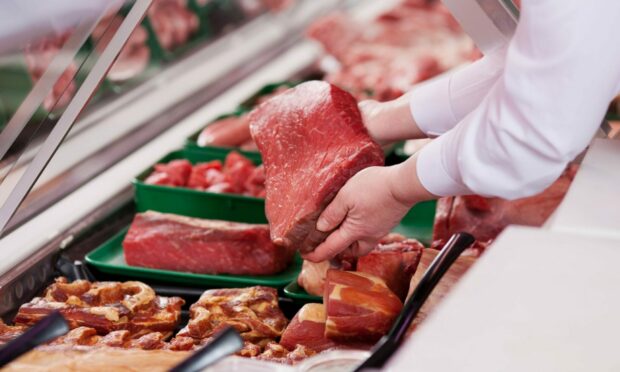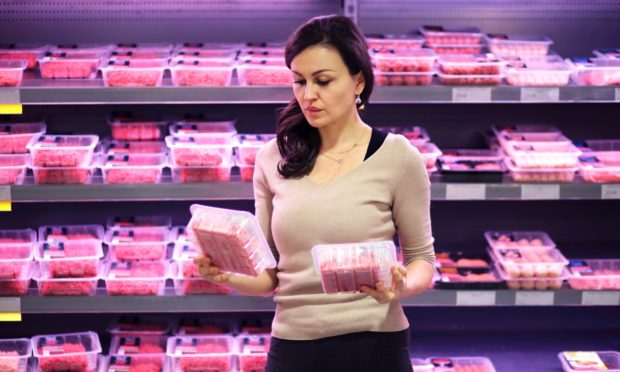The cost-of-living crisis could lead to an increase in the number of shoppers planning to cut back on the amount of meat they eat.
That was the message from the Agriculture and Horticulture Development Board (AHDB) in one of its latest consumer insights reports.
Susie Stannard, the levy body’s consumer insights manager, said reasons people have previously given for cutting back their meat consumption have usually focused on issues such as health, the environment and animal welfare.
“However, inflation has been increasing sharply and consumers have been feeling the financial pinch,” said Ms Stannard in the report.
“This has resulted in a sharp uplift in increased cost as a reason for cutting back on meat – that is now neck and neck with health as the top driver of meat reduction.”
She said the number of consumers who believe beef and red meat have good prices has reduced to 10%, while only 6% believe beef and red meat have good financial offers.
“High prices are particularly damaging for cuts such as roasting joints and steaks where higher prices are a barrier for many consumers,” added Ms Stannard.
“Consumers may choose to opt for cheaper cuts such as mince that are easy to bulk out with cheaper vegetables or carbs, but AHDB’s consumer tracker is showing larger proportions of consumers now perceiving mince as expensive – rising from 11% to 19% over the last 12 months.”
The report said demand for hind-quarter cuts were likely to drop further as inflationary pressures put the brakes on food service recovery.
It said data from an AHDB/YouGov consumer tracker showed 36% of consumers are planning to eat out less than they did before the Covid-19 pandemic, with 77% saying they were doing it to save money.
“Year-on-year retail sales are now being compared to 2021, which saw a period of pandemic restrictions where in-home eating was above the average,” said Ms Stannard.
“We would therefore expect to see a downturn in retail sales of meat and other products since last year.
“However, there are signs high prices are also taking their toll, particularly on more premium proteins such as lamb, which is down by 12% compared to pre-pandemic levels.”
She said retailers will need to look for ways to support consumers through the crisis.
“Promotional strategies will need to be carefully thought out as well to manage volumes passing through the supply chain at key periods such as Christmas and other key events and to maintain carcase balance,” added Ms Stannard.


Conversation